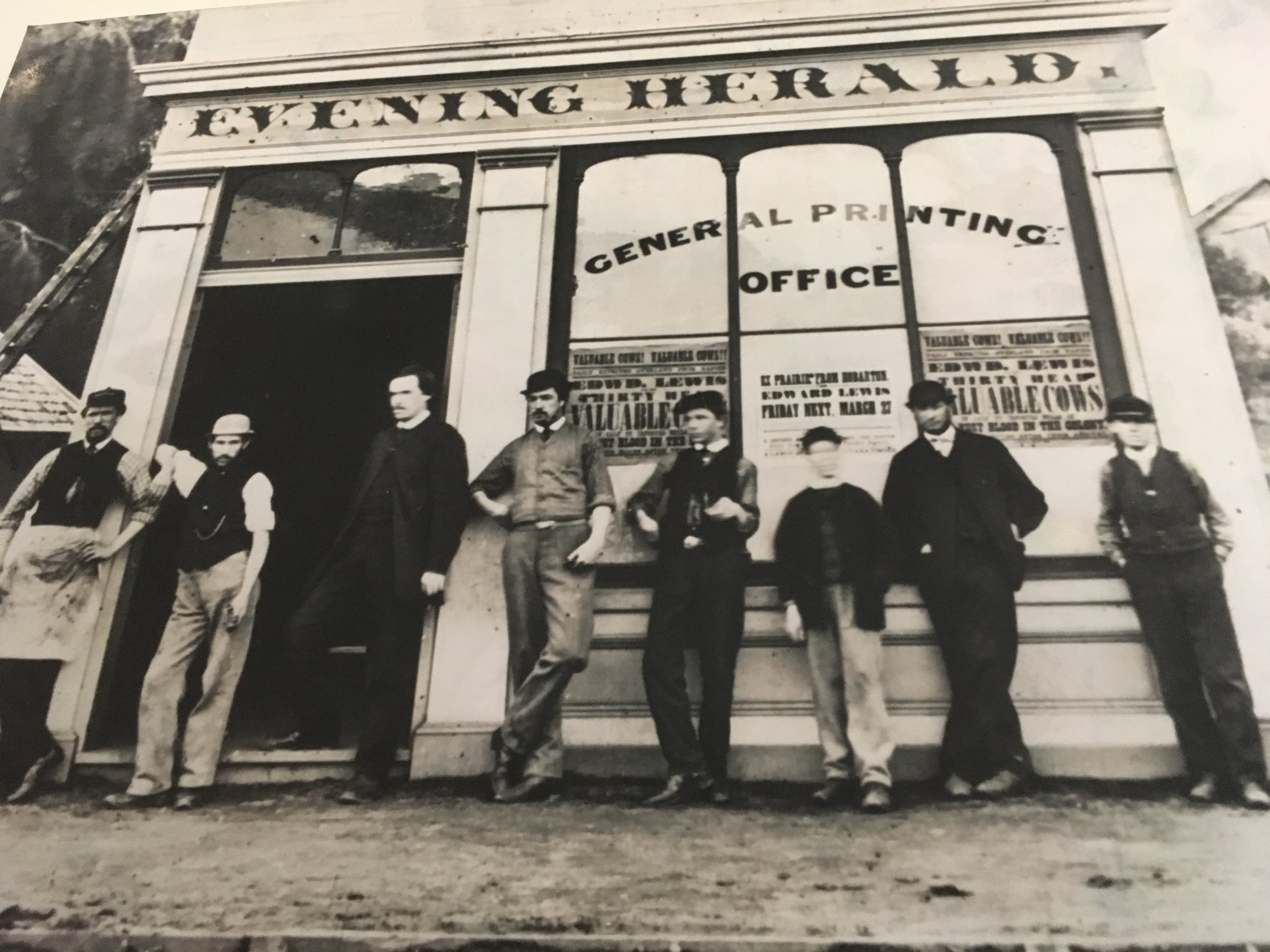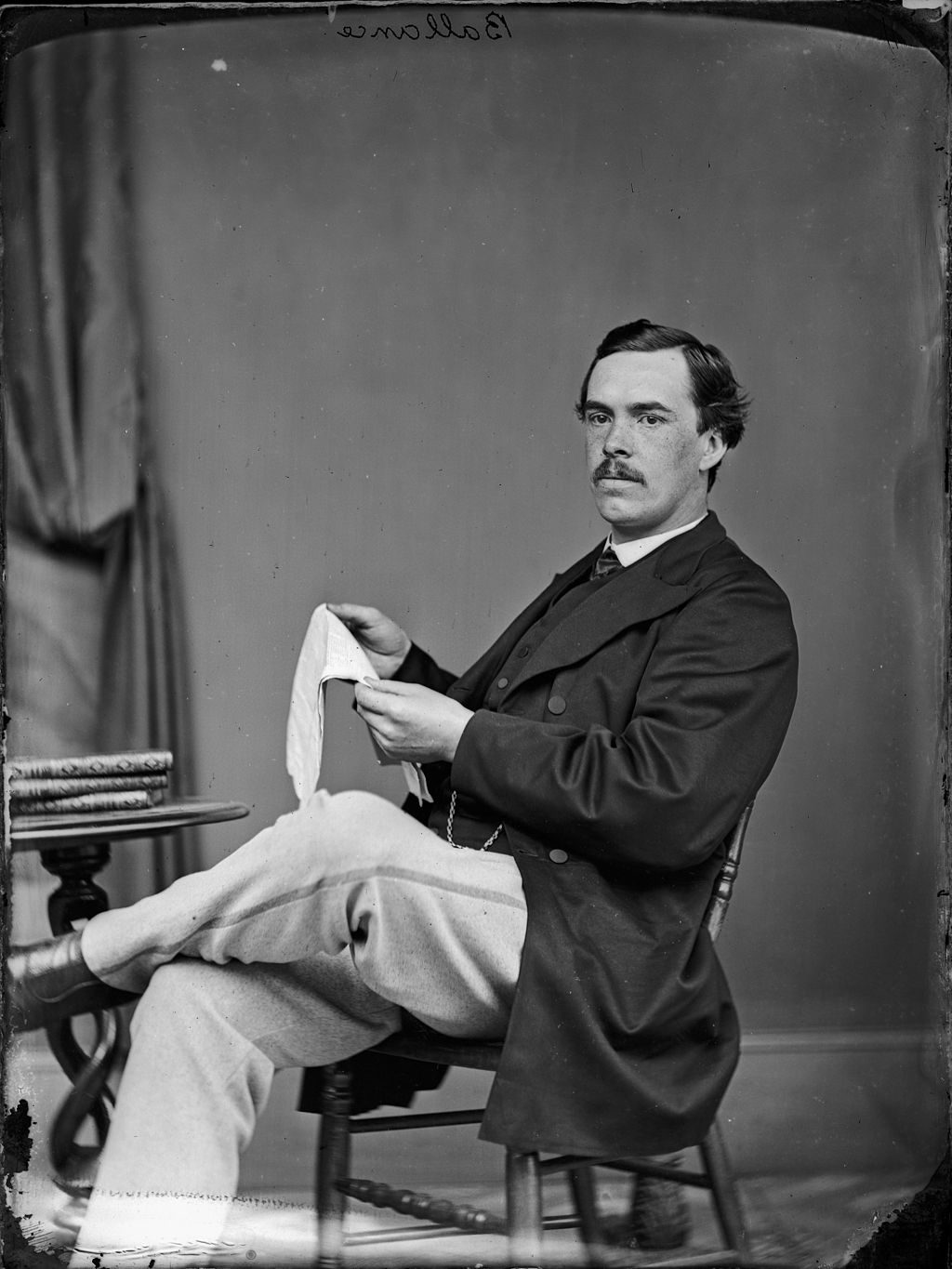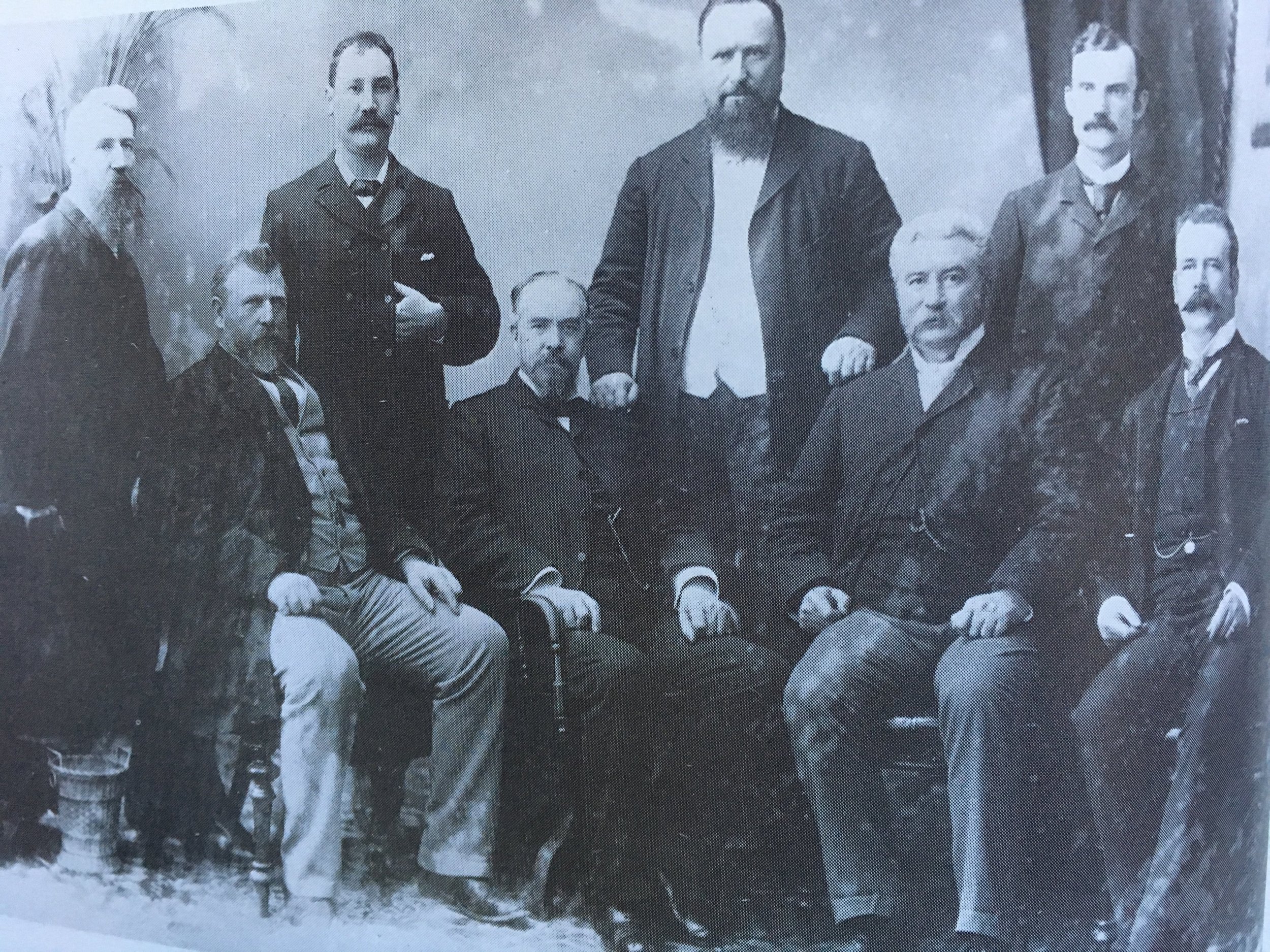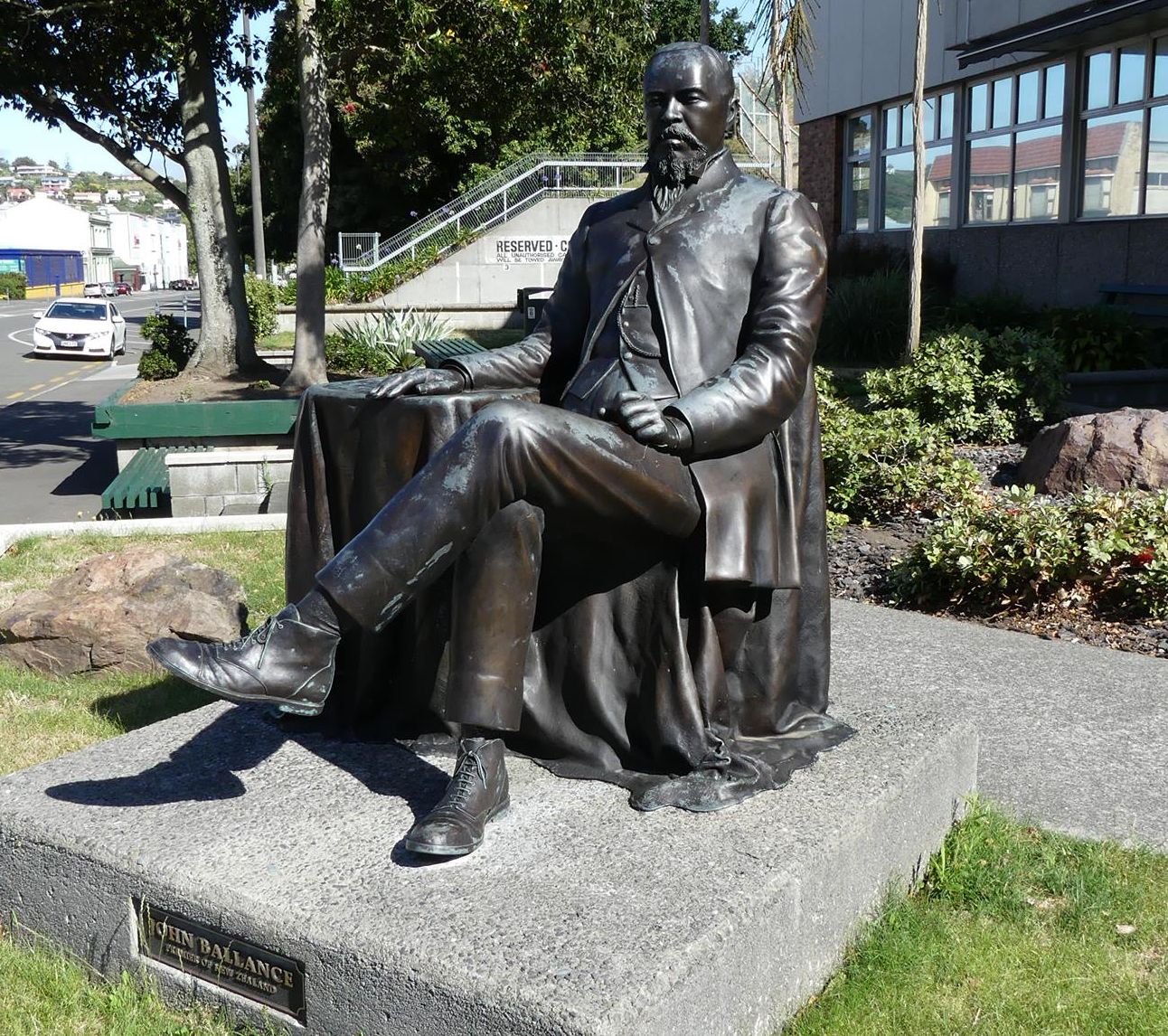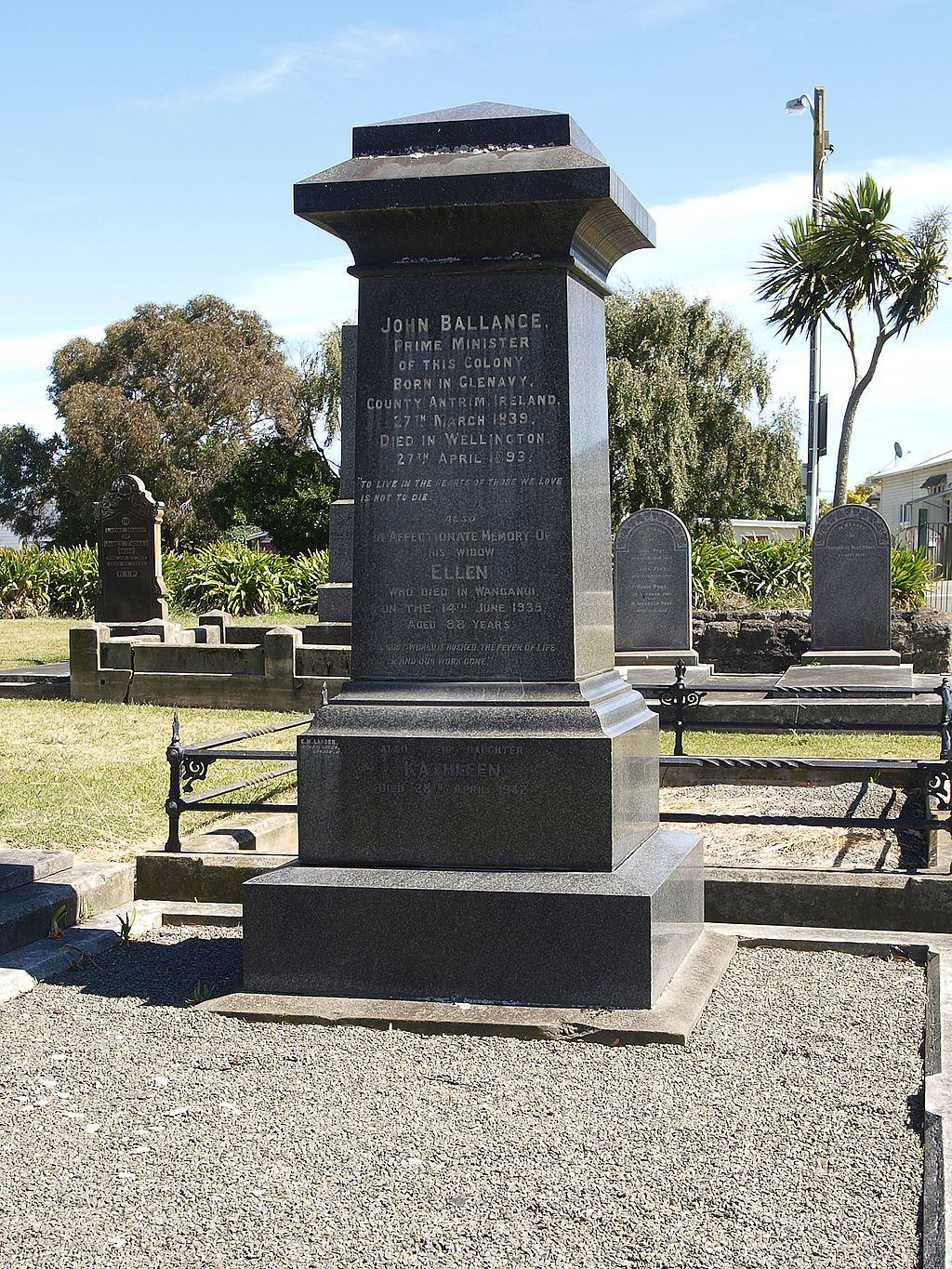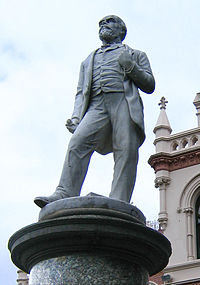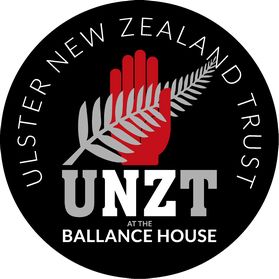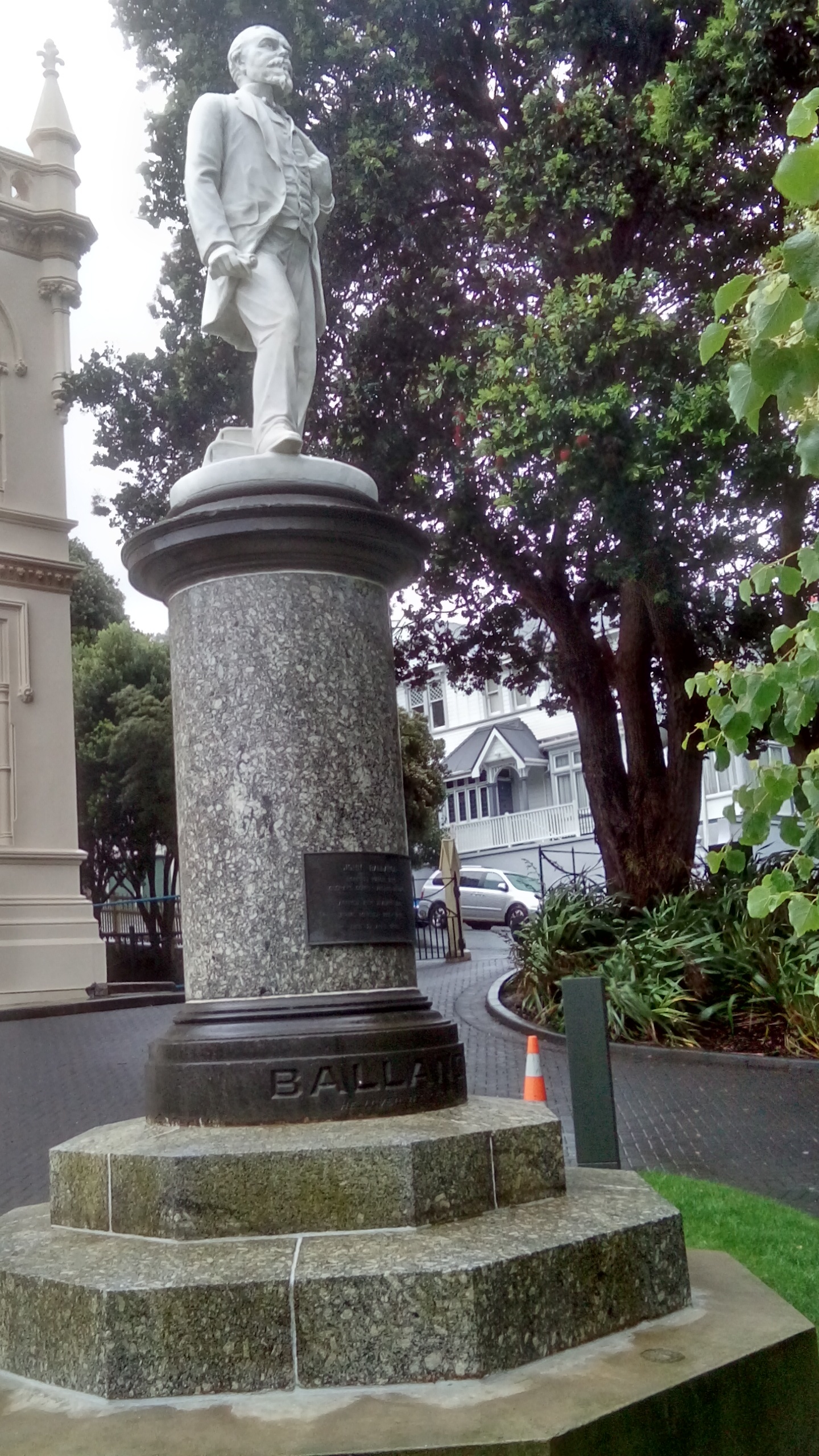Restored birthplace of John Ballance, 14th Premier of New Zealand. The Ulster New Zealand Trust keeps the memories of ‘The Rainmaker’ alive at The Ballance House. A registered charity solely funded by donations, events and visitors to the House. We are open to the public (for opening times please refer to Visitor Information). Clubs, societies and community groups are most welcome (contact us to arrange a guided tour of the House & Exhibition). Host your event or hire The Ballance House as a private family venue. Visitor Information here.
The Ballance House, the headquarters of the Ulster New Zealand Trust (UNZT), is a restored 19th century homestead in the rural countryside of Glenavy. It was the birthplace of John Ballance (b.1839) who went on to become the 14th Premier of New Zealand (1891-93); he was a distinguished Liberal Premier, perhaps best known, before his untimely death in office, for being the first Dominion/Colonial Premier to successfully pioneer full female suffrage 25 years before it was achieved in the UK. There is a blue plaque (allocated by the Ulster History Circle) onsite commemorating John Ballance.
UNZT focuses on the history and heritage of human relationships that exist between the province of Ulster in Ireland and New Zealand. The Trust seeks to preserve and make more widely known the many special connections between Northern Ireland and New Zealand and works to develop cultural links and interchange between the two countries. A formal Declaration of Friendship was drawn up between Ballance’s home area, Lisburn & Castlereagh City Council and Manawatū-Whanganui District Council, his burial place.
John Ballance, born in Northern Ireland, was the 14th Premier of New Zealand at the end of the 19th century. He was the founder of the Liberal Party, the country's first organised political party and was instrumental in gaining women the vote.
John Ballance
PERSONAL DETAILS
Born: 27 March 1839, Glenavy, Ulster, Northern Ireland
Died: 27 April 1893, Wellington, New Zealand (aged 54)
Nationality: Irish
Spouse(s): Fanny Taylor (m 1863) and Ellen Anderson (m 1870)
Children: 1 (adopted)
CAREER POSITIONS
14th Premier of New Zealand
1st Leader of the Opposition
Chief owner of The Wanganui Herald
Minister of Lands & Immigration
Minister of Defence
Minister of Native Affairs
Vice president of the Women's Progressive Society
NOTABLE ACHIEVEMENTS
New Zealand Army: awarded the New Zealand Medal
Introduced the Native Land Administration Act 1886, the Land Act 1892 and the Land for Settlements Act 1892
Formed New Zealand's first Liberal government
Established the Liberal Federation
Supported female enfranchisement in the House of Representatives in 1892
Early life
Born in Glenavy, Co Antrim, to Samuel Ballance - a Protestant tenant farmer 'with evangelical tendencies' and his mother, Mary McNiece - a Quaker from a prominent local family. The eldest of 11 children, John was educated at the local national school and at Wilson's Academy in Belfast. Ballance then became an ironmongery apprentice in Belfast and later in Birmingham where he became interested in politics; influences were his father who was an active conservative and his liberal mother.
Caught up in the Victorian ethic of self-help and self-education, he enrolled in evening classes at the Birmingham and Midland Institute, studying politics, biography and history.
In Birmingham Ballance also met Fanny Taylor, the daughter of a licensed victualler; they were married at St Peter and St Paul's Church, Aston, on 17 June 1863. Not long afterwards, due in part to Fanny's ill health, they decided to emigrate to New Zealand where she had a brother living in Wanganui. In April 1866 they left London on theRuahine bound for Melbourne, Australia, and after a short stay continued to New Zealand on the Albion. They arrived at Wellington on 11 August, and a few days later travelled on to Wanganui.
John Ballance died in Wellington on 27 April 1893. After a state funeral he was buried at Wanganui three days later. A statue of him, unfortunately bearing little resemblance to the man, was placed in the grounds of Parliament in 1897. A portrait painted by Philip Tennyson Cole about 1892 is now held at the Sarjeant Gallery in Wanganui. Ellen Ballance survived her husband by 42 years.
Reference: Tim McIvor. 'Ballance, John', from the Dictionary of New Zealand Biography. Te Ara - the Encyclopedia of New Zealand, updated 4-Jun-2013
URL: http://www.TeAra.govt.nz/en/biographies/2b5/ballance-john
Political career
John Ballance, who led the Liberals to power in 1891, was called ‘The Rainmaker’ by voters relieved to see the return of prosperity.
He entered Parliament in 1875 and served in Sir George Grey's ‘liberal’ ministry as treasurer. Unseated in 1881, he returned three years later and was a minister in the Stout-Vogel ministry of 1884-7.
Ballance was New Zealand's third freethinking Premier. A recent history says that that his election earned the country ‘an international reputation as a paradise of unbelief.’ He also supported votes for women and land reform, though at considerable cost to Maori. The Land Act 1892 and the Land for Settlements Act 1892 were close to his heart.
Kind, but not charismatic, Ballance inspired loyalty from his ministers. He was tougher than he appeared, steering his government through difficult times.
Ballance founded the Liberal Foundation, New Zealand’s first nationwide party organisation.
Reference: 'John Ballance', URL: http://www.nzhistory.net.nz/people/john-ballance, (Ministry for Culture and Heritage), updated 22-Aug-2014

